Indoor Plants: When and How to Repot or Replenish
Team PlantTAGG2023-09-19T05:38:08-06:00Potted plants are a great way to enrich your space indoors or on patios and balconies, where flowerbeds may not be possible. Planters make a perfect home for your indoor plants, but your plants may outgrow their original pots over time. As the plant grows, the roots expand below the soil surface. When the roots become too big, or your plant cannot get enough water in its current planter, it may be time for a change.
Caring for indoor plants sounds like an easy task. After all, you see them each day, often in the most used areas of your home. However, caring for plants does take some effort — and a little attention to detail! Over time, you can spot problems quickly and know when it’s time to repot or replenish your indoor plants.
Repotting or Replenishing Indoor Plants
Most gardeners recommend repotting about once a year, typically in the spring and summer months. Repotting is a process of gently removing your plant and its roots from the current soil and planting it again in fresh soil. If your plant is happy and healthy with plenty of room in its pot, you still need to replenish the soil since it is not ‘alive’ the way outdoor soil is. Sometimes, your plant will have outgrown its current pot, at which point a new, larger planter will be necessary along with the new batch of soil.
Signs Your Plant Needs Repotting
It’s essential to know the difference between plants that need repotting and plants that need replenishing. Plants that need repotting have grown too big for their current pot, but that may not be apparent on the surface. Look for signs that the roots are straining to break free in the existing planter. Here are four signs that it’s time to repot:
1. The plant is top-heavy. If your plant has grown so large that it looks like your pot is about to tip over, it’s time to replant. Remember that root growth reflects stem growth, so the roots will be too big underneath the soil if your plant is top-heavy.
2. Roots are expanding beyond the drainage holes. If your plant’s roots have reached so far down that they’re drinking water directly from the dish, they are too big for the current planter.
3. Roots are pushing the plant upward. Roots typically grow down with incredible force. When the roots expand, they may push your plant up and out of the soil. If this happens, it’s time to move your plant.
4. Thirsty Plant. If your plant needs watering much more frequently than usual or it’s growing more slowly than expected, it’s time to repot.
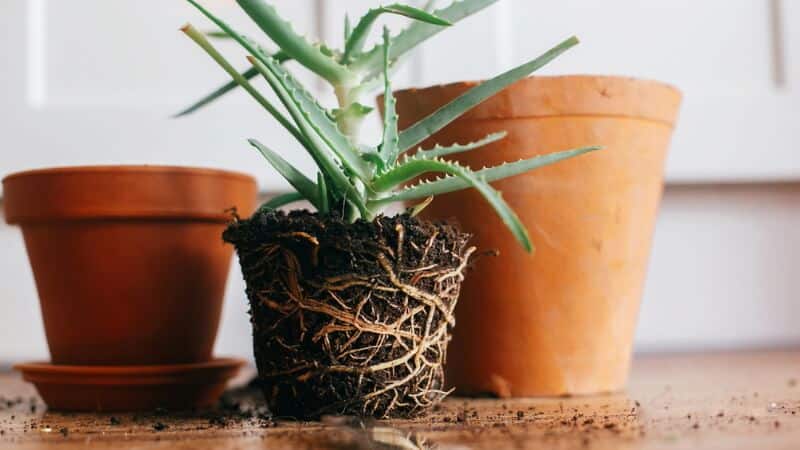
How to Repot Your Indoor Plants into Larger Planters
First, find a new, larger pot – typically, going up by one pot size is sufficient. Be sure to find a container that is the right size. Oversized pots can be just as detrimental to a plant as a planter that is too small. Larger pots can hold more water, which can lead to root rot.
About two days before repotting, water your plant thoroughly to prepare for the move. Remove the plant from the old soil and shake the dirt from the roots. Consider dumping the entire pot onto a pan and breaking up the soil gently with your hands from around the roots. Some experts recommend placing newspaper or paper bag material at the bottom of the pot to block soil from escaping through the drainage holes. Then place a layer of soil at the bottom of your new pot. Hold your plant in place, and gently fill in dirt around the root structure. Gently pack the soil down once you reach the acceptable soil-level of the pot.
How to Replenish an Indoor Plant’s Soil
If none of the above signs are present, then your plant likely only needs to be replenished, not repotted. Replenishing a plant means that you can use the same pot while replacing the soil. Replenishing an indoor plant is not a simple swap of the soil. It takes some planning to do it right.
Two-days before you replenish, give your plants extra water to help them survive the move. Plants can stay alive without soil for a few days if their roots have plenty of water.
Carefully remove your plant and its roots from the pot. Shake the excess soil from the roots, but don’t worry about getting them clean. Dump out the old dirt and fill your pot with loose nutrient-enriched soil for indoor plants. Place a layer of soil at the bottom. Then place your plant in the container, holding it upright in place, and fill the rest of the soil loosely around the root structure. Add some water, and watch the plant thrive in its newly replenished environment.
Repot or Replenishing Indoor Plants
Knowing how to take care of your plants isn’t always easy. Even those with a green thumb still need helpful information about their plant’s annual and seasonal needs. For more insightful, timely, and locally relevant gardening information at your fingertips, be sure to use the PlantTAGG app. It’s free to use, with nothing to download or install. Try it today — Text “PLANTS” to 46376 to get started!


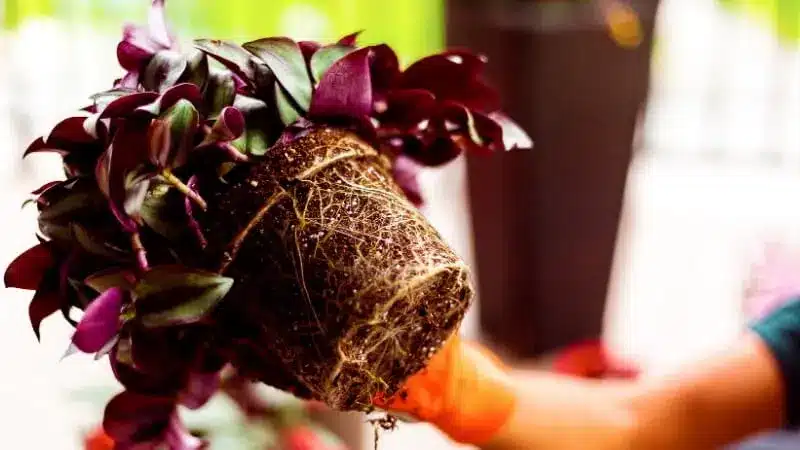
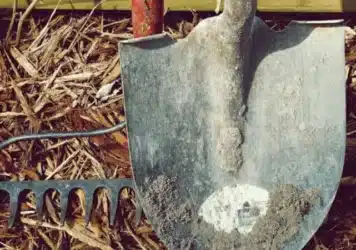
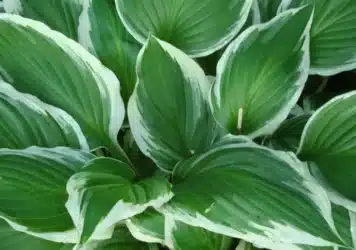

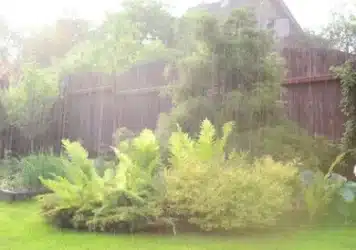
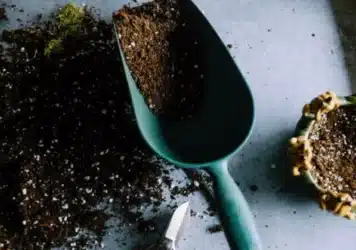
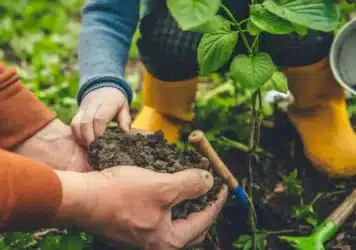

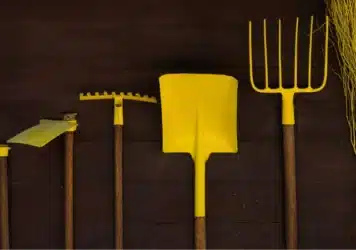


Leave a Reply